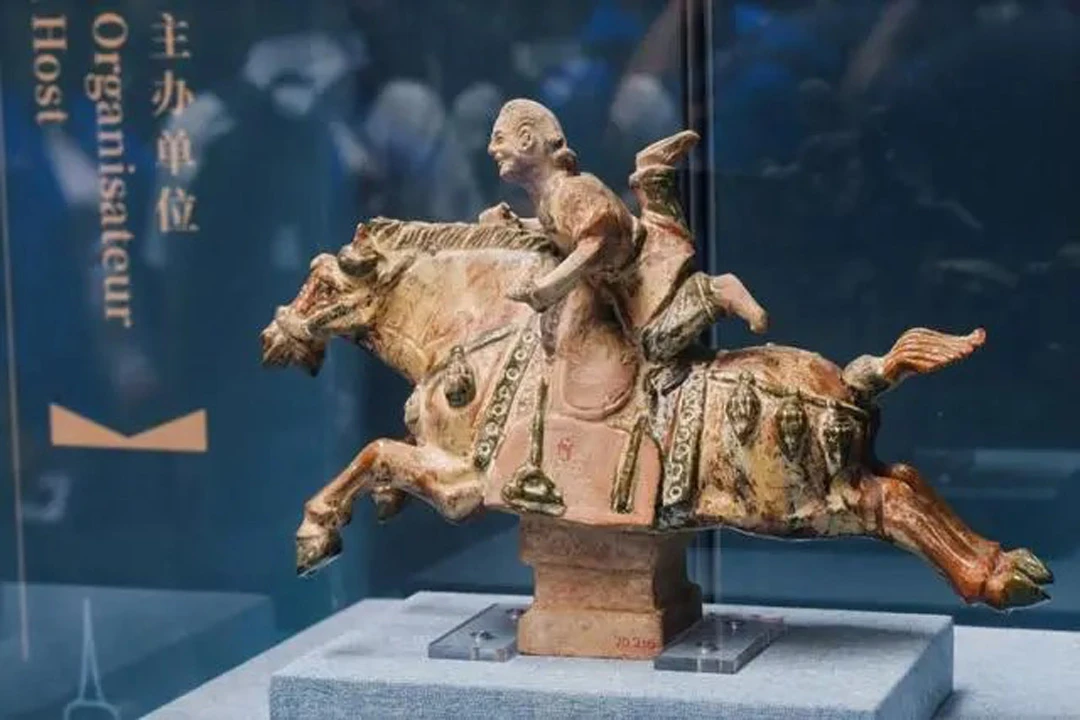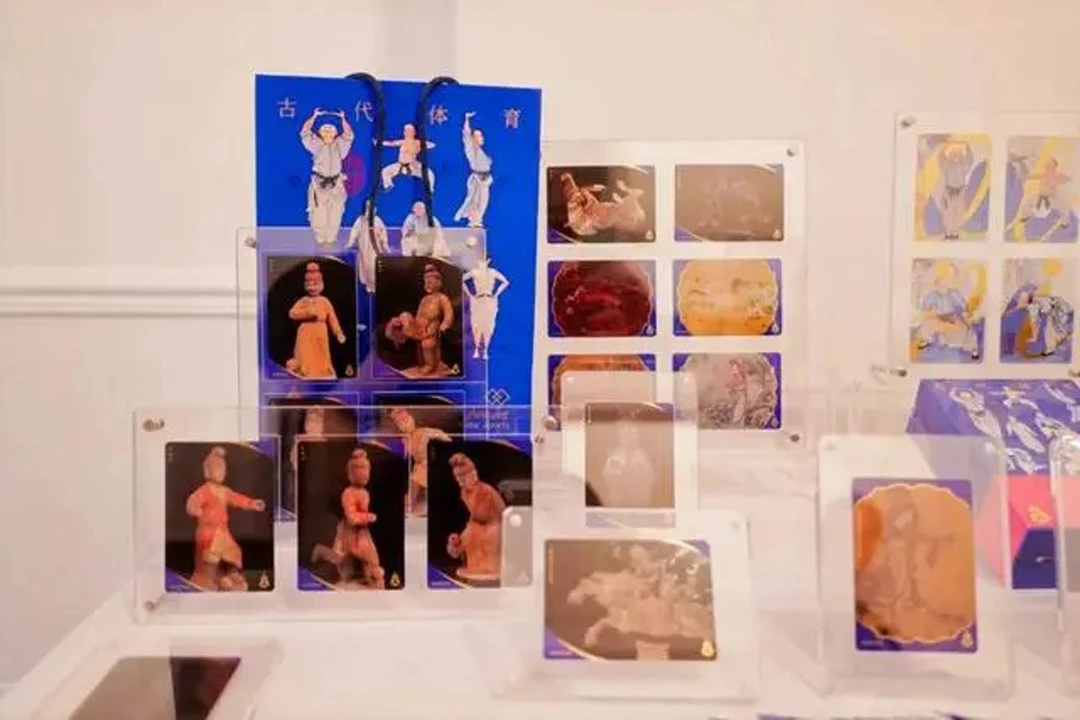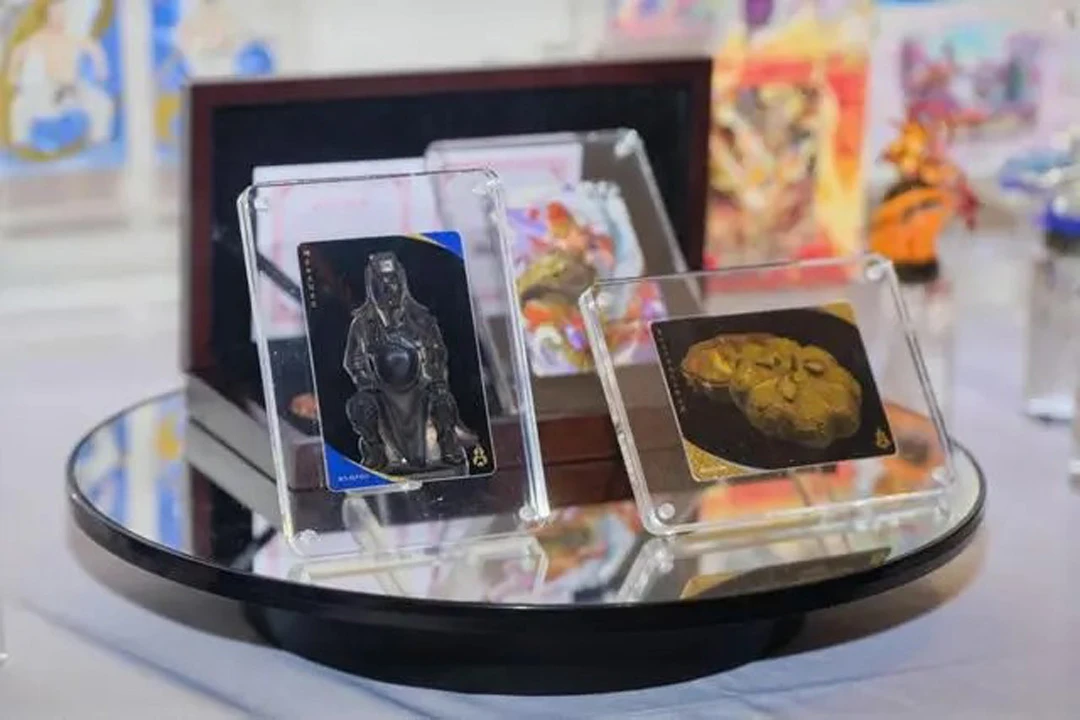How a Volunteer Became a Cultural Ambassador
After two weeks of non-stop activity, Chen Qiqi's (陈琪琪) life has returned to its usual calm following the conclusion of the Paris Sports Festival. During this time, she played many roles: she was a volunteer, teaching ancient Chinese Baduanjin (八段锦) exercises to foreigners, providing guided tours for Chinese tourists in Paris, and an enthusiastic sports fan, cheering for her favorite athletes. After living in France for 26 years, this ordinary Chinese found that her plain life was completely changed by recent sporting events.
Chen Qiqi never imagined that a video of foreigners attempting Baduanjin in front of Paris's Arc de Triomphe would propel her into the spotlight. The day before the festival’s opening, a crowd of Parisians and international tourists gathered to experience Baduanjin, with Chen Qiqi leading the event. The enthusiasm of the participants surpassed her expectations. Passersby randomly selected cards with Baduanjin poses and followed Chen's instructions to replicate the movements. Despite some confusion between Tai Chi (太极拳) and Baduanjin, many foreigners were thrilled, praising “Chinese martial arts” and sharing their own experiences of visiting Beijing.
Chen’s experiences reflect a growing global recognition of Chinese culture. Even in the French countryside, locals express curiosity about China whenever they learn of her heritage. Her French neighbors have taken to imitating Baduanjin moves and are now proficient in the practice themselves.

An Exhibition that Captured Paris’s Imagination
During the Paris Olympics, the "Dragon and Horse Spirit: Chinese Sports Culture Exhibition" was held at the Bastille Design Center. Featuring 139 pieces from the Chinese Sports Museum, this exhibition marked the first time the Chinese Olympic Committee has showcased its sports culture abroad and offered an international perspective on Chinese sports artifacts.
Unexpectedly, the quiet venue became a hotspot. Visitors engaged enthusiastically with the displays, from trying on basketball shoes worn by Yao Ming (姚明) to posing for photos with ping-pong trophies and experiencing archery. Bernard, a former UNESCO official and French cultural heritage expert, even created a detailed presentation after exploring the collection.
The exhibition's success stemmed from meticulous planning, with the Chinese Sports Museum starting preparations six months prior. The selection of artifacts focused on traditional Chinese sports with international influence, such as martial arts, dragon boat racing, go (围棋), cuju (蹴鞠), and equestrian sports. The goal was to highlight Chinese cultural values like “virtue and propriety,” “harmony,” “natural law,” and “unity of heaven and man,” and to resonate with Western Olympic ideals.
Merging Tradition with Modernity Through Creative Design
Adding to the exhibition's appeal were unique cultural products like bookmarks, badges, and collectible cards featuring ancient Chinese sports. These items, including the ancient sports culture collectible cards, served as mementos for visitors. Despite being a temporary exhibition, these cards offer a lasting connection to Chinese culture.
The creation of these cards was a dream come true for Yu Hao (于浩), the product planner. His passion for sports and Chinese culture drove him to design a set of cards that combined artistic and cultural significance. From a young age, Yu was fascinated by sports and keenly followed events like Liu Xiang's (刘翔) hurdle victories. Seeing his dream realized through this exhibition was a fulfilling achievement.
The design team faced the challenge of capturing the essence of 33 selected artifacts within a month. They experimented with various techniques to vividly portray the artifacts, such as using transparent silk-screen printing for ceramics and scented inks for snuff bottles. The team also incorporated elements of French fashion and art, ensuring the cards reflected a harmonious blend of Eastern and Western aesthetics.
The final product featured a striking design with vibrant colors and symbolic elements like the gourd and the Eiffel Tower. This creative process highlighted the team’s dedication and their commitment to producing high-quality, culturally rich items.
Pierre de Coubertin, often hailed as the “father of the modern Olympics,” once said, “Olympism is not just a competition; it is a cultural exchange that comes from the heart.” The Paris Olympics demonstrated how Chinese culture can serve as a vibrant cultural bridge. Chen Qiqi’s and the exhibition’s efforts have introduced audiences worldwide to the rich heritage of Chinese sports, fostering cultural exchange and appreciation.
As the festival concludes, the legacy of these cultural interactions continues. The visitor books, filled with messages and blessings in various languages, and the collectible cards, now cherished keepsakes, stand as testaments to the enduring impact of this cultural exchange. Chen Qiqi, often revisiting the cards, reflects on the profound and emotional experiences shared during the exhibition.
In essence, the Paris Olympics were more than just a series of competitions; they were a celebration of cultural unity and a demonstration of how sports can transcend borders, bringing people together through shared traditions and mutual respect.



